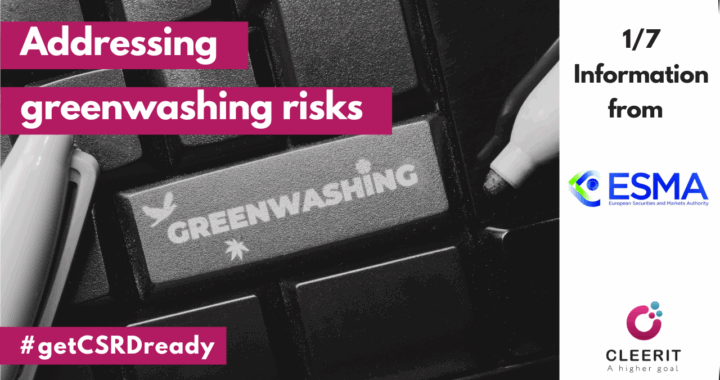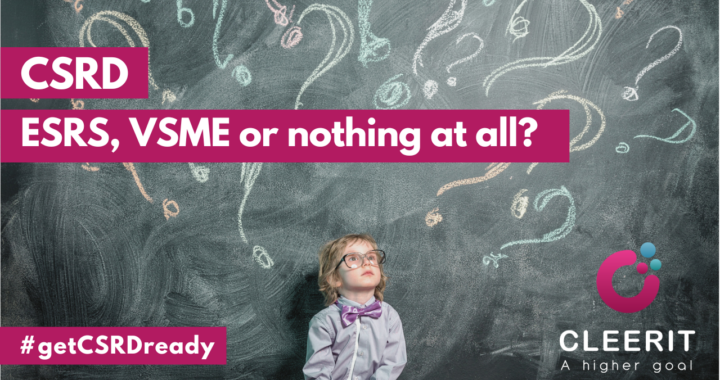Key takeaways from the outreach event “The VSME Standard in Action – From the European Commission’s Recommendation to Digital Solutions” on October 6, 2025:
The event was organized following the European Commission’s (EC) Recommendation on the VSME Standard, to provide insights into EFRAG’s mapping of platforms and tools supporting SME sustainability reporting, and to present the latest updates on the VSME Digital Template and Knowledge Hub.
Patrick de Cambourg, Chair of EFRAG SRB, introduced by explaining that the VSME standard addresses a critical concern: the availability of reliable sustainability data, for the SMEs themselves and for their counterparts, including value chain actors, investors and lenders.
SMEs are in need of more support to reduce dependency on consultants and advanced in-house skills. The challenge is key to navigating a very complex environment, with a multiplication of questionnaires and uncertainties, that creates the risk of focusing on compliance instead of the critical issues that SMEs are facing to make informed decisions.
Sven Genter from the European Commission explained that the aim of the VSME standard is to serve as a common basis for SME sustainability data that is “not too overwhelming but still delivers needed information”.
Currently SMEs are facing many “different requests from different organizations in different formats with different questions”, and are “overwhelmed by the details of the requests”.
Nina Schindler, CEO at the European Association of Co-operative Banks (EACB), stressed that sustainability information was “not a nice to have” but that it’s “indispensable from a bank perspective” and that the VSME will play an important role in the value chain cap on information requests.
Approx. 800 people participated in yesterday’s outreach event.
The online polls revealed that approx. 50% use Excel or manual spreadsheets for GHG emissions reporting, and 22% use third-party consultancy tools/services. Only 21% use specialized GHG calculator software. The key challenge faced when using GHG calculators is the complexity of data input requirements (46%).
To support SMEs in getting digitized, EFRAG has shortlisted 12 GHG tools and calculators whereof only one is not free of charge (the Bilan Carbone+ developed by French ADEME), as part of a snapshot of the current offer.
EFRAG encourages GHG government-endorsed free calculators at EU-level, and suggested that future options could include other datapoints such as water stress, biodiversity, etc.
It was also pointed out that high quality reliable emission factors are lacking and are needed at a European level, together with an alignment on methodology and scope for governmental endorsement.
Another online poll revealed that 64% have not yet used EFRAG’s VSME Digital (Excel) Template, while 14% have used it and found it very useful.
EFRAG released an updated version of the template on Oct 3, now supporting English, Spanish, Polish, Lithuanian and Portuguese. Additional translations are planned in November, once reviewed by national standard setters. Potential future releases in 2026 may include additional features such as digital signatures, distribution hub, etc.
An online poll revealed that 40% are not aware of any digital platforms designed to support SMEs in sustainability reporting, but that 42% currently use one.
EFRAG has listed 20 (non-exhaustive) self-assessed current platforms and initiatives, whereof 5 were identified as being developed at the governmental level. The Danish, German, French platforms have self-declared full alignment.
EFRAG pointed out that there is currently a low level of self-declared alignment, and that EFRAG could develop a certification mechanism to increase alignment in the coming months. Certified VSME alignment was also a key request amongst participants.
The support material and tools are available at EFRAG’s VSME web page: https://www.efrag.org/en/smes-and-sustainability-reporting


